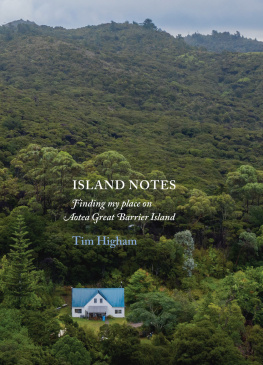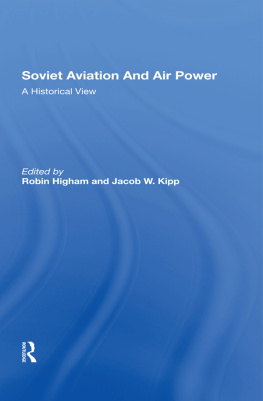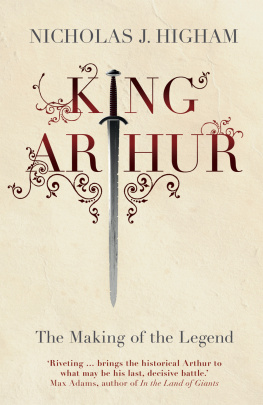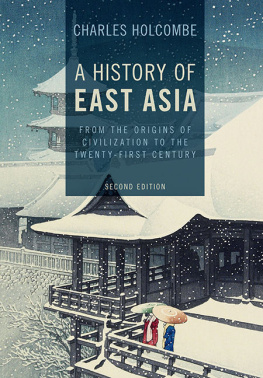
DEBATES IN ARCHAEOLOGY
Series editor: Richard Hodges
Against Cultural Property John Carman
The Anthropology of Hunter Gatherers Vicki Cummings
Archaeologies of Conflict John Carman
Archaeology: The Conceptual Challenge Timothy Insoll
Archaeology and International Development in Africa Colin Breen & Daniel Rhodes
Archaeology and Text John Moreland
Archaeology and the Pan-European Romanesque Tadhg OKeeffe
Beyond Celts, Germans and Scythians Peter S. Wells
Combat Archaeology John Schofield
Debating the Archaeological Heritage Robin Skeates
Early European Castles Oliver H. Creighton
Early Islamic Syria Alan Walmsley
Gerasa and the Decapolis David Kennedy
Image and Response in Early Europe Peter S. Wells
Indo-Roman Trade Roberta Tomber
Loot, Legitimacy and Ownership Colin Renfrew
Lost Civilization James L. Boone
The Origins of the Civilization of Angkor Charles F. W. Higham
The Origins of the English Catherine Hills
Rethinking Wetland Archaeology Robert Van de Noort & Aidan OSullivan
The Roman Countryside Stephen Dyson
Shipwreck Archaeology of the Holy Land Sean Kingsley
Social Evolution Mark Pluciennik
State Formation in Early China Li Liu & Xingcan Chen
Towns and Trade in the Age of Charlemagne Richard Hodges
Vessels of Influence: China and the Birth of Porcelain in Medieval and Early Modern Japan Nicole Coolidge Rousmaniere
Villa to Village Riccardo Francovich & Richard Hodges
The Origins of the
Civilization of Angkor
Charles F. W. Higham
Contents
It was during a visit to the University of Pennsylvania in April, 2011 that the then director, Richard Hodges, invited me to write this book. I am most grateful to him for his encouragement. As in all my fieldwork and time spent in my study, I rely on the constant support of my wife Polly, for as if often noted, someone has to keep the home fires burning during extended periods of absence. Much of what I have written below has been assembled, pored over and synthesized over the course of fieldwork in Southeast Asia that now extends to 43 years. During much of that time, my Thai colleagues and co-directors during numerous excavations, Amphan Kijngam and Rachanie Thosarat, have made my participation not only possible, but also pleasurable.
I wish to acknowledge the kindness of Dr Berenice Bellina and Dr Warrachai Wiriyaromp for contributing illustrations to this volume, and to colleagues and students far too numerous to name, who have worked with me over the years. My son Thomas of the Oxford University Radiocarbon Dating Laboratory has enormously clarified the chronology presented below, through his insightful choice of dating materials, and the application of Bayesian statistics to the analysis of results.
My excavations have been funded by the Marsden Fund of New Zealand, Earthwatch and its Research Corps, the Ford Foundation, the British Academy, the University of Otago, the National Geographic Society and the Australian Research Council. I extend my thanks for their support.
Towards the end of the sixteenth century, Portuguese missionaries began to explore the forested interior of Cambodia. It was here, that they encountered the abandoned complex known today as Angkor (Groslier 2005). Although some of the temples were still centres of Buddhist worship, most had been left to the encroaching jungle 150 years previously, when the court moved eastward to the vicinity of the modern capital, Phnom Penh. What they witnessed is best described in their own words. Antonio da Magdalena explored the ruins in 1586. The city, as he described it to the archivist Diogo do Couto, is square, with four principal gates, and a fifth, which serves the royal palace... the gates of each entrance are magnificently sculpted, so perfect, that they looked as if they were made from one stone. He then commented on the fact that the stones had to be hauled to the city from a distance of 20 leagues, a feat that demanded a large and organized labour force. He then turned to the temple mausoleum of Angkor Wat, concluding that it is of such extraordinary construction that it is not possible to describe it with a pen, particularly since it is like no other building in the world. It has towers and decoration and all the refinements which human genius can conceive of.
It was only a matter of years before we can read of the first speculation as to who might have been responsible for this abandoned city. In 1601, Marcello de Ribandeyra (1601) suggested that it was built by Alexander the Great, or the Romans. Forty-six years later, it was proposed that it was the work of the Roman Emperor Trajan.
The civilization of Angkor
The civilization with its capital at Angkor was one of several that flourished in Southeast Asia before the first European contact (Higham 2001). Angkor dominated the lowlands of Cambodia, and reached into adjacent parts of Thailand and Vietnam. In the former area, it bordered the civilization known as Dvaravati, which spread over the broad floodplain of the Chao Phraya River in Central Thailand, while the Cham kings ruled in the coastal plains of Central Vietnam. Debates on their origins have always incorporated one common theme: they display in their architecture, religion and language, pervasive influence from the civilizations of India. When translated, the inscriptions set up by Angkorian kings and grandees were found to be inscribed in Sanskrit as well as an archaic form of Khmer, the indigenous language of Cambodia. Sanskrit is the priestly language of the Hindu religion. Many Sanskrit words continue to be incorporated into Thai and Khmer. Thus the Thai province Chaiyaphum means victorious land. Simon de la Loubre was a French diplomat who visited the court of King Narai of Ayutthaya in Thailand in 1687. He noted that the language included words and expressions in Pali, another Indian language closely associated with Buddhism (Loubre 1693).
Many of the religious monuments of Angkor portray Hindu gods, such as Shiva and Vishnu, others are embellished with statues of the Buddha. The temples of Champa were usually dedicated to Shiva, while in Thailand, Buddhism was adopted by the rulers of Dvaravati. The temples themselves were often constructed, as in India, in brick, and the building designs owed much to Indian inspiration.
These facts gave rise to a simple explanation of origins, known as the process of Indianization. Expressed by the leading scholars of the day, it was formulated when serious archaeological research had barely begun, and our knowledge of the prehistoric inhabitants of Southeast Asia was in its infancy. A. Foucher (1922) proposed that Indian immigrants encountered savage populations of naked men. Ramesh Majumdar (1944) wrote of Indian colonies in Southeast Asia, the only possible explanation for the saturation there of Indian customs and language. The Russian Leonid Sedov (1978) concluded that Indians acquainted the aborigines with various new techniques including methods of land reclamation, with handicrafts and the art of war. George Cds was the doyen of Angkorian scholars, responsible for the translation of every known inscription from Sanskrit into French, and a man of unrivalled knowledge of the early states of Southeast Asia. In 1968 he wrote that Indianization involved a steady flow of immigrants who founded Indian kingdoms to a people still in the midst of late Neolithic civilization (Cds 1968).












